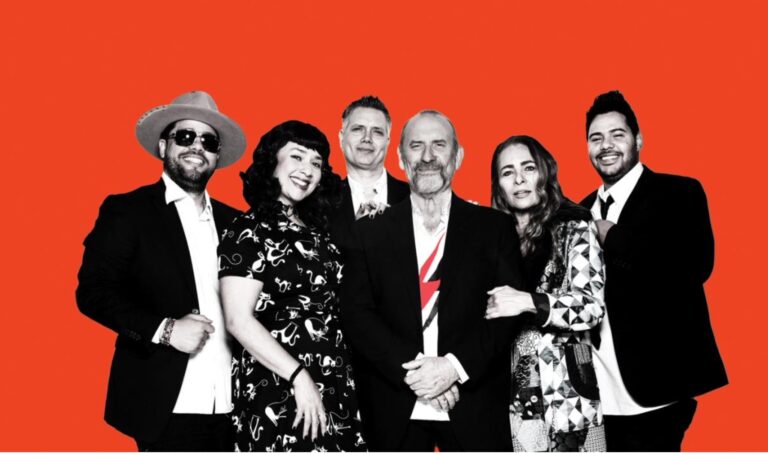
Powerhouse move rejected

BY KYLIE WINKWORTH
The Legislative Council’s long-running Inquiry into Museums and Galleries in NSW wrapped up, recommending that the government not proceed with the controversial relocation of the Powerhouse Museum (PHM). Instead the Powerhouse should be restored to its former glory, and the government should build a new cultural institution in Parramatta.
The two-and-half-year inquiry, one of the longest in Parliamentary history, received nearly 250 submissions that were overwhelmingly in support of keeping the Powerhouse Museum in Ultimo and developing a new museum in Parramatta.
The Report’s conclusions and six recommendations were the only ones that could be drawn from the expert submissions, evidence and analysis of the secret business case papers that the Government tried to hide from public scrutiny.
The final Inquiry Report lays bare the twists and turns in the government’s plans and rationale for the relocation of the Powerhouse.
Chair of the Inquiry Robert Borsak identified the confusing public narratives about what the move will actually achieve, what will be built in Parramatta and what will occur with the Ultimo site.
With the dry understatement that has characterised his chairmanship, he noted that, “It has been extremely challenging for this committee to ascertain what the true driving forces and reasons behind this policy decision are”. Indeed.
Flimsy, confected and unsubstantiated case
Committee members deserve a medal for wading through the 4,500 pages of documents that reveal the flimsy, confected and unsubstantiated case for “moving” the PHM.
Reading all the business case papers was more than the President of the Museum of Applied Arts and Sciences (MAAS) Trust could manage. In evidence to the Inquiry last November, Professor Glover seemed confused about the massive 68-storey tower planned for the Parramatta museum site.
He was also wrong about the government’s plans to shrink the Powerhouse, suggesting that the Parramatta museum would be bigger. In fact, the new museum at Parramatta would be just 21,200m2, which is half the size of the Powerhouse Museum at Ultimo.
And the new museum’s exhibition space would also be only half the size of the Powerhouse, raising doubts about how many of the PHM’s priceless transport and engineering objects would actually be displayed at Parramatta.
The Inquiry probed the failure of the MAAS Trust to defend the interests of the museum and the NSW community against the NSW government’s naked grab for the museum’s assets.
Dr Nick Pappas, former president of the MAAS Trust, explained the board’s obligation to protect the museum’s long-term interests for the people of NSW. A statutory trust is not a vehicle for government intervention or influence. The museum’s board has responsibility for the control and management of the museum’s property and the long-term oversight of the museum’s interests. Regrettably, as he told the Inquiry, “we have watched as the Trust has instead become a meek, obsequious, even fawning vassal of government and of property developers.”
Dr Pappas criticised the Trust’s failure to interrogate the business case for the museum’s move, and the appointment of new trustees to a board now dominated by property interests and advocates for the destruction of the museum.
“Nothing betrays the government’s cynical view of the Trust’s role than these controversial and, I would say, brazen appointments. In my view the government could not have acted with more disdain towards the Powerhouse’s legacy and its place in the cultural landscape of Sydney.”
A tawdry side-show
One of the Inquiry’s most important recommendations is to establish a Select Committee on governance in the arts and culture.
More devastating disclosures of governance and management failures at the Powerhouse came with the release of transcripts of in camera evidence to the Inquiry. Witness B described a senior management dominated by careerists from art museums, with little understanding of the collection or interest in the PHM’s core family audience.
Witness C revealed more about the failed fashion ball and the drunken antics of senior museum staff at the after-party in the director’s office. The ball cost $388,000 and raised just $78,000. Taxpayers covered the shortfall of $215,000.
This is more than just a tawdry side-show. The government’s business case for the Parramatta museum expects the same management team that ran the fashion ball at a huge loss to raise significant sponsorship to finance the new museum.
In the year no expense was spared on the fashion ball, MAAS posted a $15m deficit. Important objects were moved out of the Powerhouse to make way for the ball. Last year the museum spent more on decorations for the fashion ball than on acquisitions for the collection. Does this sound like an organisation fit to manage a $1.5b museum project?









